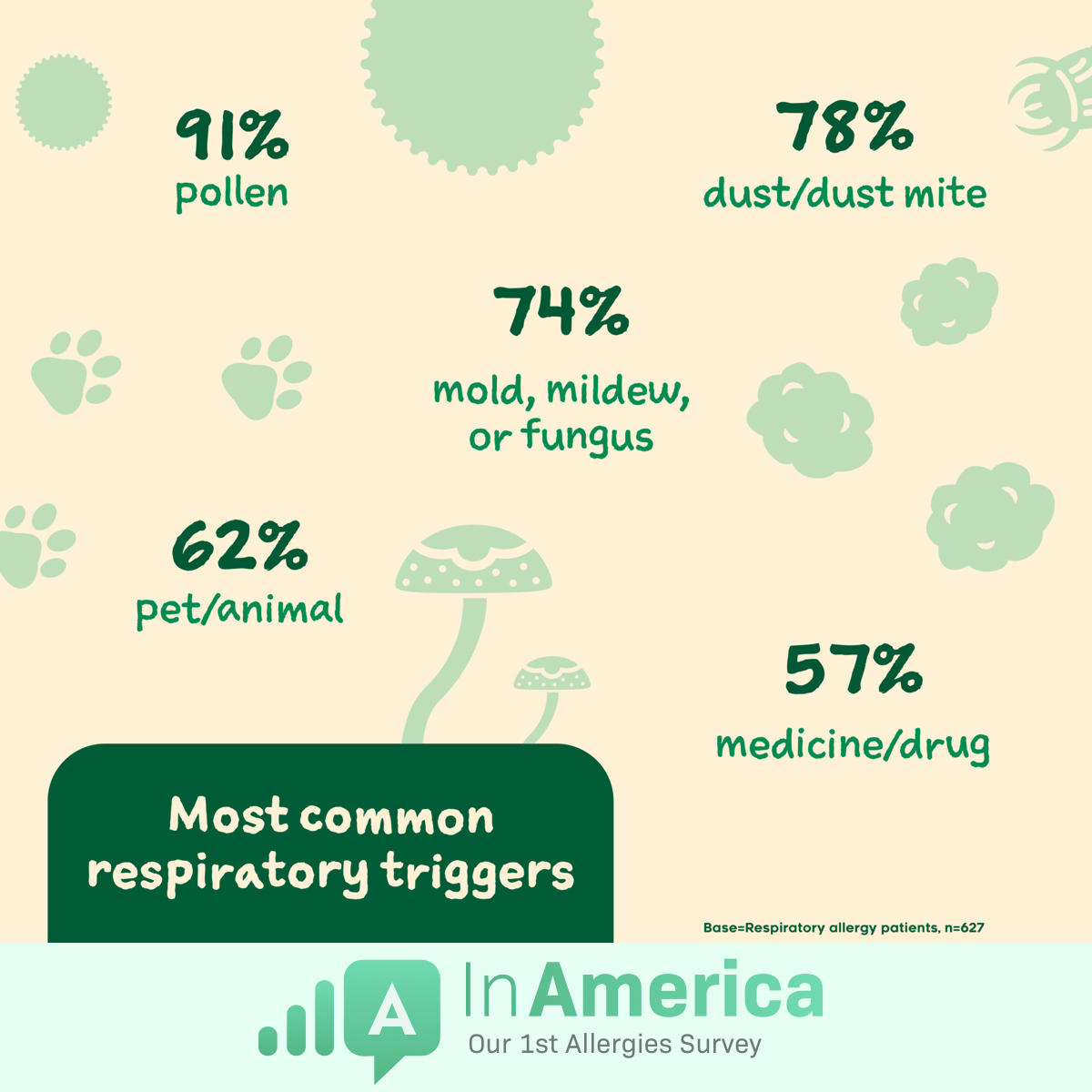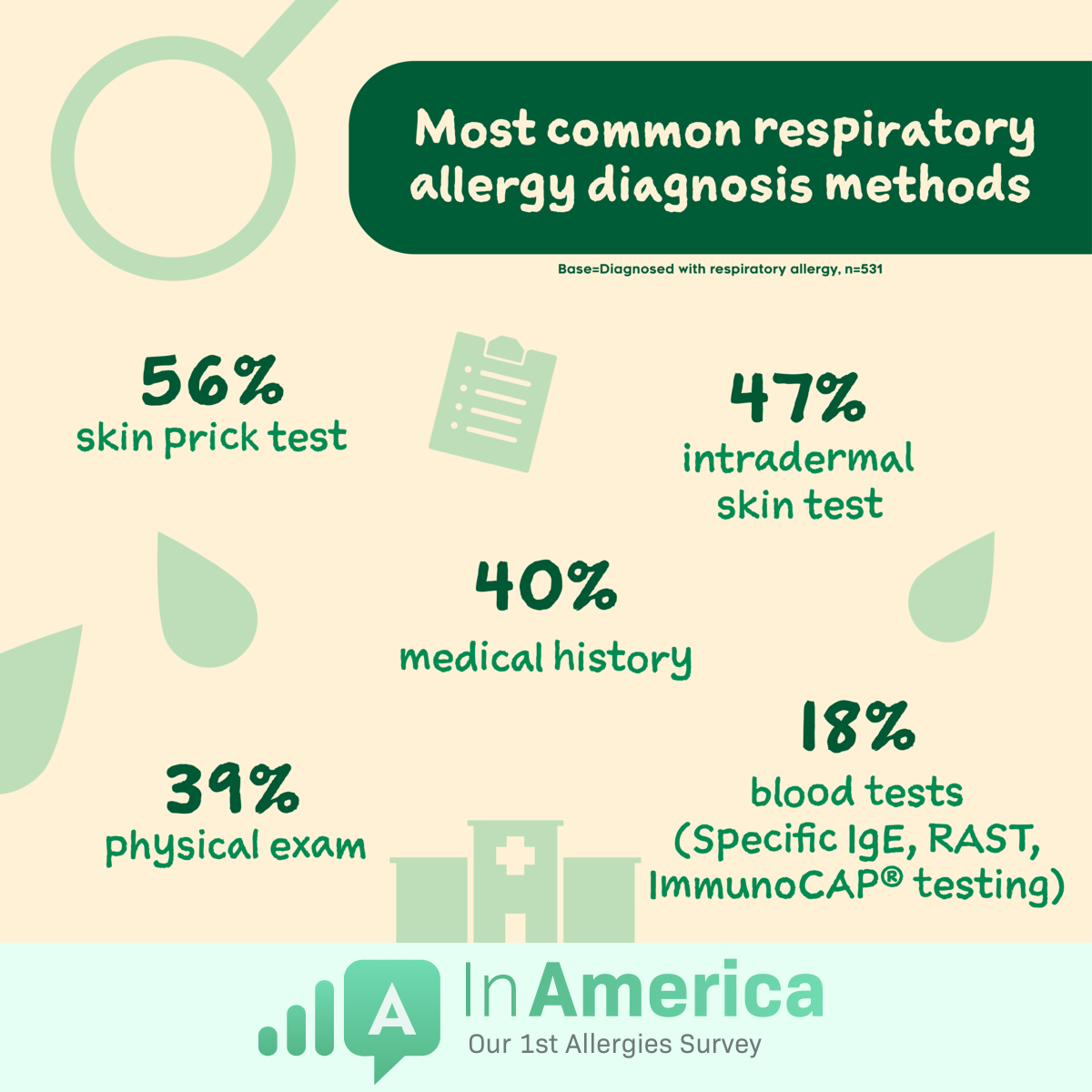Mastering Avoidance With Respiratory Allergies
People can be allergic to nearly anything in their surroundings – perfume, air pollution, pollen, mold; the list goes on. About 5 million children and 19 million adults in the United States have a respiratory or environmental allergy. So if you live with respiratory allergies, you are probably a master at avoiding allergens as best as possible. But even then, avoidance may not be enough to manage symptoms.
Respiratory allergies can aggravate other health conditions, such as asthma, and may be seasonal or year-round (perennial). This makes respiratory allergies one of the most difficult to manage. In our Inaugural Allergies In America Survey, 1,021 respondents shared their experiences living with all types of allergies.
What are the most common respiratory allergy triggers?
The symptoms of respiratory allergies alone can be miserable to experience. But allergy symptoms can also severely impact your quality of sleep and your physical, mental, and social health. That’s why knowing your allergy triggers can be a key component in managing respiratory allergies.
Finding the best way to control and manage allergy symptoms takes time and is different for everyone. Among survey respondents with respiratory allergies, their main tactics to manage allergies include avoidance, regularly cleaning the house, wearing a mask, and nasal irrigation. Over-the-counter and prescription drugs are also available when avoidance is not enough.
What ways have people been diagnosed with respiratory allergies?
Various diagnostic tests and methods are available to determine what environmental allergens you are allergic to. Getting the right diagnosis from an allergist will enable you to fully treat your allergy symptoms.
The 2 most common methods of diagnosing respiratory allergies among respondents are via skin tests. A skin prick test involves putting a small amount of the allergen on your skin and allowing it to seep in. An intradermal skin test involves injecting a small amount of the potential allergen into the outer layer of skin. Discovering what you are allergic to may require a combination of diagnostic tests.
The Inaugural Allergies In America survey was conducted online from March 2020 through February 2021. The survey was completed by 1,021 people.



Join the conversation